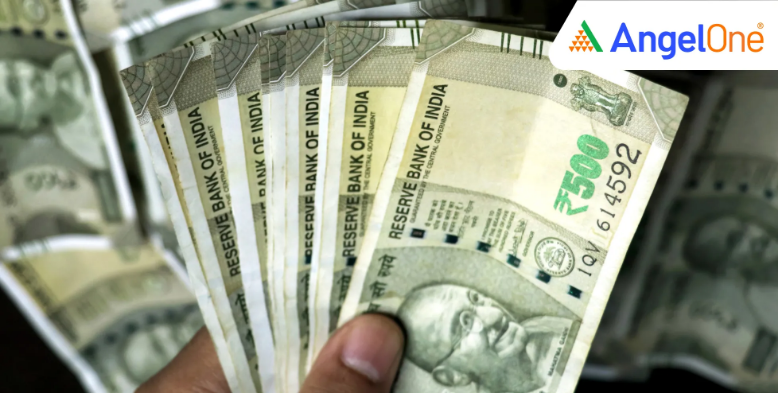
When it comes to Indian currency, many might assume the ₹2,000 note is the largest ever issued. However, history tells a different story. The highest denomination note ever printed by the Reserve Bank of India (RBI) was the ₹10,000 note, introduced in 1938.
The ₹10,000 note remains the highest value banknote ever printed in India’s history.
Currently, the RBI issues banknotes in the following denominations:
₹10, ₹20, ₹50, ₹100, ₹200, ₹500, and ₹2,000*.
Notes of ₹2 and ₹5 have been discontinued in printing and replaced with coins, although older notes are still legal tender. ₹1 notes are issued separately by the Government of India and continue to be valid for transactions.
However, the ₹2,000 note is being phased out gradually as per RBI’s recent announcement but continues to be legal tender until further notice.
Yes. Under Section 24 of the Reserve Bank of India Act, 1934, the RBI can issue banknotes in denominations ranging from ₹2 to ₹10,000, as approved by the Central Government on the recommendation of the RBI Central Board.
Read More: What Is the Cost of Minting 1 Rupee Coin?
While the ₹10,000 note may no longer be in circulation, it remains a fascinating piece of India’s monetary history. Today’s currency landscape is shaped not only by economic needs but also by policy decisions aimed at balancing convenience, cost efficiency, and security.
Disclaimer: This blog has been written exclusively for educational purposes. The securities mentioned are only examples and not recommendations. This does not constitute a personal recommendation/investment advice. It does not aim to influence any individual or entity to make investment decisions. Recipients should conduct their own research and assessments to form an independent opinion about investment decisions.
Published on: Aug 14, 2025, 3:00 PM IST

Neha Dubey
Neha Dubey is a Content Analyst with 3 years of experience in financial journalism, having written for a leading newswire agency and multiple newspapers. At Angel One, she creates daily content on finance and the economy. Neha holds a degree in Economics and a Master’s in Journalism.
Know MoreWe're Live on WhatsApp! Join our channel for market insights & updates